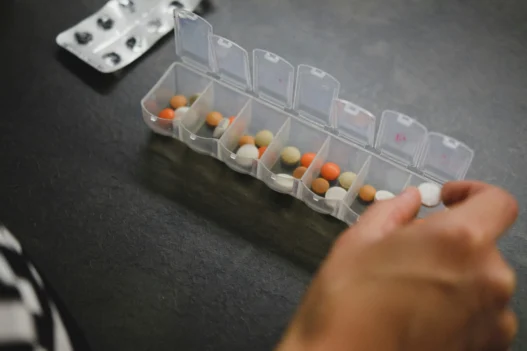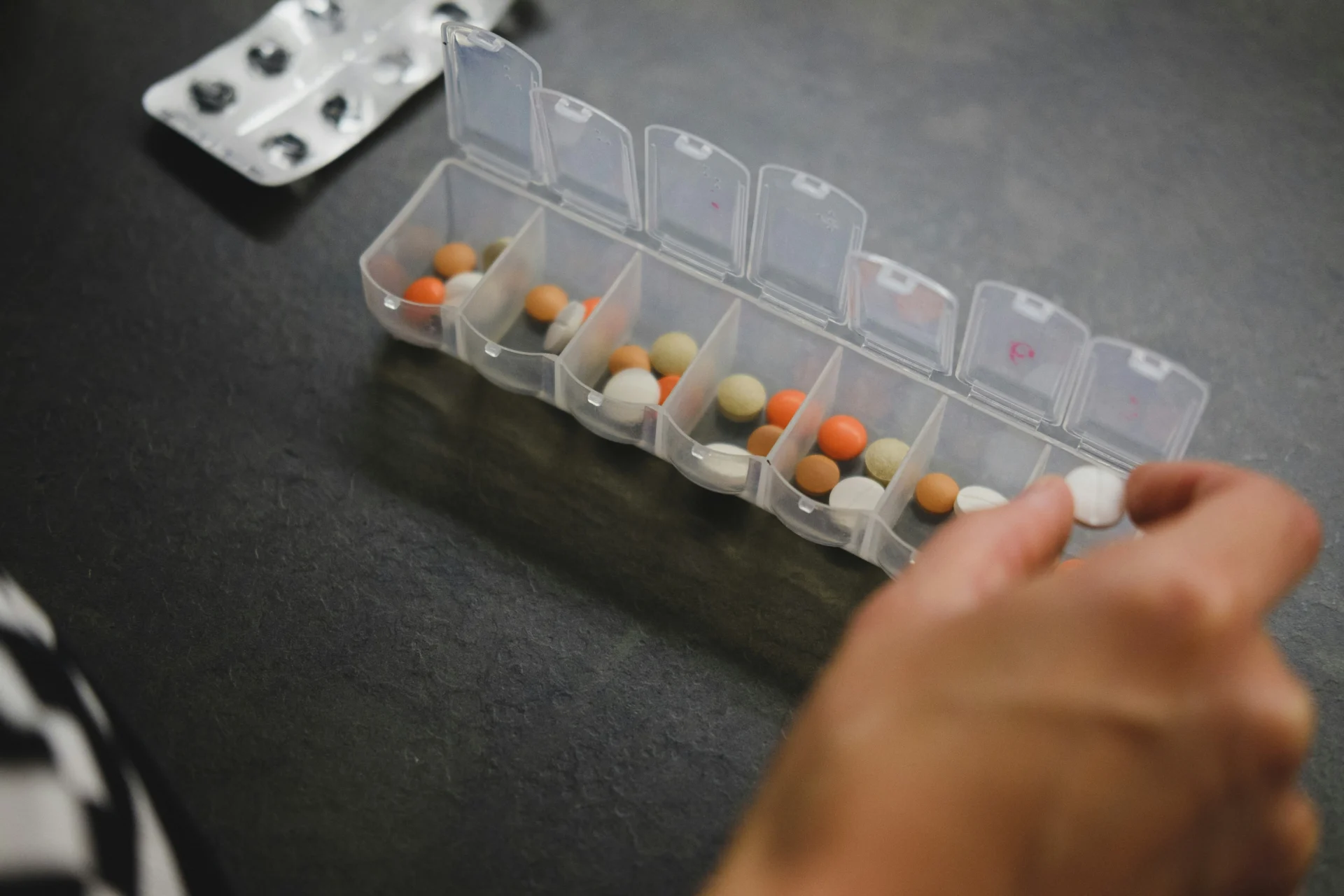ICD-11 code 1G07.Y specifically refers to the infestation of the skin by other specified parasitic mites. This code is used to categorize cases where the skin is harboring parasitic mites that are not otherwise classified under other codes in the ICD-11 system. The code helps healthcare professionals identify and track cases of parasitic mite infestations for proper diagnosis and treatment.
Infestation of the skin by parasitic mites can cause various symptoms such as itching, rash, redness, and skin irritation. Different types of parasitic mites can burrow under the skin or lay eggs in the skin, leading to discomfort and potential complications if left untreated. The use of specific ICD-11 codes like 1G07.Y can aid in the accurate reporting and monitoring of cases involving parasitic mite infestations, allowing for appropriate interventions to be implemented.
Proper identification and classification of parasitic mite infestations are crucial for public health surveillance and research purposes. ICD-11 code 1G07.Y plays a vital role in standardizing the recording and reporting of cases involving skin infestations by other specified parasitic mites, ensuring consistency and accuracy in healthcare data collection. This information can also help in understanding trends, risk factors, and treatment outcomes related to parasitic mite infestations in different populations.
Table of Contents:
- #️⃣ Coding Considerations
- 🔎 Symptoms
- 🩺 Diagnosis
- 💊 Treatment & Recovery
- 🌎 Prevalence & Risk
- 😷 Prevention
- 🦠 Similar Diseases
#️⃣ Coding Considerations
The equivalent SNOMED CT code for the ICD-11 code 1G07.Y, which denotes “Infestation of the skin by other specified parasitic mites,” is 127378004. This SNOMED CT code specifically captures the concept of skin infestation caused by parasitic mites other than the more commonly known scabies mites. The code enables healthcare professionals to classify and document cases of infestation by other specified parasitic mites with precision and accuracy.
By using the SNOMED CT code 127378004 to identify cases of skin infestation by other specified parasitic mites, healthcare providers can ensure consistency in reporting and data collection. This standardized coding system facilitates communication among healthcare professionals, researchers, and public health officials, ultimately contributing to improved understanding and management of infestations caused by a variety of parasitic mites.
In the United States, ICD-11 is not yet in use. The U.S. is currently using ICD-10-CM (Clinical Modification), which has been adapted from the WHO’s ICD-10 to better suit the American healthcare system’s requirements for billing and clinical purposes. The Centers for Medicare and Medicaid Services (CMS) have not yet set a specific date for the transition to ICD-11.
The situation in Europe varies by country. Some European nations are considering the adoption of ICD-11 or are in various stages of planning and pilot studies. However, as with the U.S., full implementation may take several years due to similar requirements for system updates and training.
🔎 Symptoms
Symptoms of 1G07.Y, or infestation of the skin by other specified parasitic mites, typically include intense itching and irritation in the affected areas. This itching may worsen at night and can lead to scratching, which in turn may cause skin lesions or secondary infections. Infestation by parasitic mites can also result in redness, swelling, and the formation of papules or nodules on the skin.
Additionally, individuals with 1G07.Y may experience a crawling or tingling sensation on the skin, as well as the presence of visible burrows or tracks where the mites have tunneled beneath the skin’s surface. These burrows may appear as thin, raised lines on the skin and are often accompanied by tiny black dots, which are the mites themselves. In severe cases, individuals may develop a rash or develop blisters on the affected areas.
Furthermore, those with infestation of the skin by parasitic mites may experience symptoms such as a feeling of general malaise, fatigue, and insomnia due to the persistent itching and discomfort. They may also exhibit signs of anxiety or stress as a result of the physical symptoms and the impact on their daily lives. In rare cases, individuals may develop allergic reactions to the mites, leading to symptoms such as hives, difficulty breathing, or swelling of the face and throat.
🩺 Diagnosis
Diagnosis of 1G07.Y, infestation of the skin by other specified parasitic mites, can be challenging due to the microscopic size of the mites involved. One common method used by healthcare professionals is a thorough physical examination of the affected area. This may involve carefully inspecting the skin for signs of mite infestation, such as red bumps, rashes, or visible burrows.
In some cases, a skin scraping or biopsy may be necessary to confirm the presence of parasitic mites. During a skin scraping, a small sample of skin is collected and examined under a microscope for the presence of mites, eggs, or fecal matter. This procedure can help provide a definitive diagnosis of 1G07.Y.
Dermoscopy, a non-invasive technique that uses a special magnifying lens to examine the skin, may also be used in the diagnosis of infestation by parasitic mites. This tool allows healthcare professionals to closely examine the skin’s surface for signs of mites or their burrows. Dermoscopy can be a useful adjunct to a physical exam and skin scraping in confirming a diagnosis of 1G07.Y.
💊 Treatment & Recovery
Treatment for 1G07.Y, an infestation of the skin by other specified parasitic mites, typically involves the use of topical medications. Common treatments may include permethrin cream, crotamiton lotion, or sulfur ointment, which work to kill the mites and their eggs on the skin. These medications are usually applied to the affected areas of the skin for a specified period of time, as directed by a healthcare provider.
In some cases, oral medications may be necessary to effectively treat an infestation of parasitic mites. These medications may include ivermectin, which is an anti-parasitic medication that can help eliminate mites throughout the body. Oral medications are often prescribed when topical treatments are not effective or when the infestation is severe.
In addition to medication, proper hygiene practices are essential for treatment and recovery from an infestation of parasitic mites. This may include washing all clothing, bedding, and towels in hot water to kill any mites or eggs that may be present. It is also important to vacuum and clean the environment thoroughly to remove any potential sources of mites. Regularly bathing and maintaining good personal hygiene can also help prevent re-infestation and promote healing of the skin.
🌎 Prevalence & Risk
In the United States, infestations of the skin by other specified parasitic mites, coded as 1G07.Y in the International Statistical Classification of Diseases and Related Health Problems, are relatively rare. This may be due to factors such as widespread access to healthcare, better sanitation practices, and limited exposure to environments where such mites thrive. However, cases of infestation may still occur in specific regions or populations with higher risk factors.
In Europe, the prevalence of 1G07.Y infestations of the skin by other specified parasitic mites varies across different countries and regions. While some countries may have low rates of infestation due to effective healthcare systems and hygiene practices, others may experience higher prevalence rates, especially in rural or agricultural areas. Factors such as climate, animal husbandry practices, and socioeconomic conditions can also influence the prevalence of mite infestations in Europe.
In Asia, infestations of the skin by other specified parasitic mites, classified as 1G07.Y, are more common compared to regions like the United States and Europe. This higher prevalence may be attributed to factors such as overcrowding, poor sanitation, close proximity to animals, and limited access to healthcare in certain areas of Asia. Cultural practices and traditions in some Asian countries may also contribute to the spread of mite infestations among communities.
In Africa, infestations of the skin by other specified parasitic mites, coded as 1G07.Y, are a significant public health concern. The prevalence of mite infestations in various African countries can be attributed to factors such as poor living conditions, lack of access to clean water and sanitation facilities, and limited healthcare services in rural areas. Environmental factors, such as climate and landscape, can also play a role in the spread of mite infestations in different regions of Africa.
😷 Prevention
Preventing 1G07.Y, an infestation of the skin by other specified parasitic mites, requires a combination of preventive measures. One important step is to avoid contact with known sources of mites, such as infested animals or contaminated clothing and bedding. Regularly washing and cleaning your surroundings can help reduce the risk of mites spreading.
Another preventative measure is to maintain good personal hygiene practices. Keeping your skin clean and dry can help prevent mites from finding suitable conditions to thrive. Regularly bathing with soap and water, as well as changing and washing clothes frequently, can help reduce the likelihood of infestation.
Additionally, taking precautions when spending time in outdoor environments where mites may be present can also help prevent infestations. Wearing protective clothing, such as long sleeves and pants, and using insect repellent can decrease the chances of mites coming into contact with your skin. Being vigilant and aware of potential sources of mites can help in preventing 1G07.Y infestations.
🦠 Similar Diseases
One disease that is similar to 1G07.Y is scabies, which is caused by the Sarcoptes scabiei mite. Scabies is a highly contagious skin infestation characterized by intense itching and a pimple-like rash. The ICD-10 code for scabies is B86.
Another disease that shares similarities with 1G07.Y is pediculosis, commonly known as a lice infestation. Pediculosis is caused by the Pediculus humanus capitis, Pediculus humanus corporis, or Pthirus pubis insects. It presents with itching and visible nits or lice in the hair or on the body. The ICD-10 code for pediculosis is B85.
One more disease related to 1G07.Y is demodicosis, caused by the Demodex mites Demodex folliculorum and Demodex brevis. Demodicosis typically presents as a skin rash, itching, and sometimes hair loss on the face, particularly around the eyes and nose. The ICD-10 code for demodicosis is B88.

